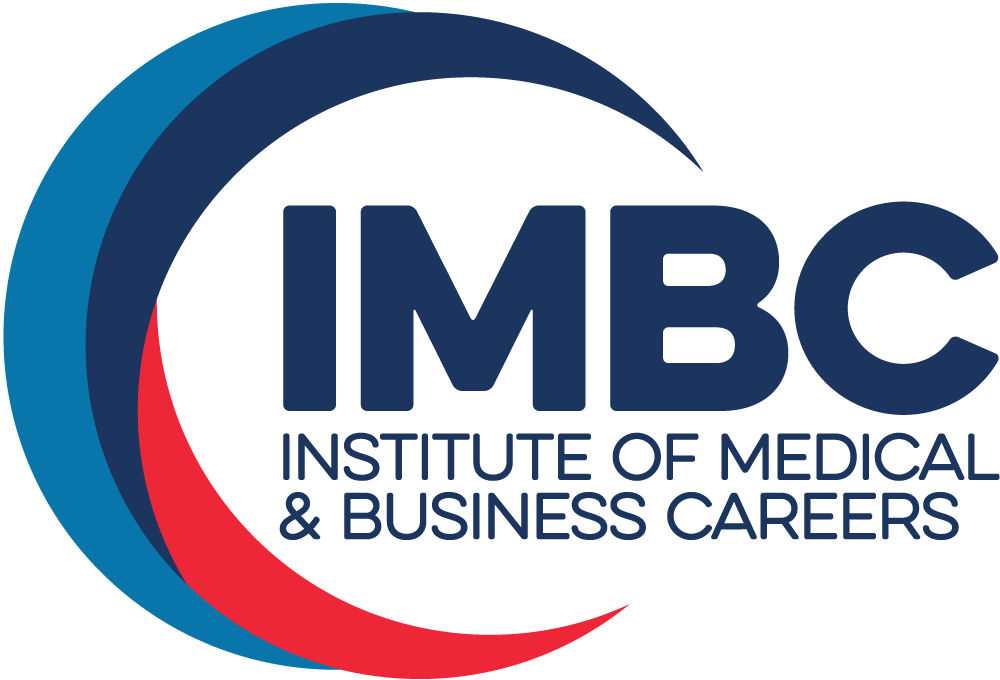A career as a welder can be exciting and rewarding, but just how do you get started? Don’t worry, we’re here to guide you through the steps. In this post, we will share some things you can do that will help you get started with your training and be well on your way to a career in welding.
Welders should be able to handle heavy equipment, stand on their feet for long periods of time, and work in a variety of conditions, depending on the type of welding you perform and the type of company you work for. For example, some welders might work high up on scaffolding on construction sites wearing harnesses; while others might be working in tight spaces on ships; and others in extreme heat or cold. Welders wear a variety of safety equipment, depending on the specific job. This might include heavy clothing to protect from hot metals, sparks and torches; special gloves; helmets with lenses to protect your eyes from extreme brightness; and breathing apparatuses to help with ventilation.
Where to train for a career in welding
If you have a busy life and don’t think you have time to train for a new career, think again. Maybe you are a full-time parent, a working adult, or both, and you feel like you barely have time to breathe. Whatever the reason, you shouldn’t worry. You can typically earn your diploma in welding technology part time from a local school.
Programs like the one offered at the Institute of Medical and Business Careers (IMBC), can typically be completed part-time in about a year. Perfect for people with busy lives that want to start a new career. Make sure you attend an accredited school too. Accreditation means that the institution meets certain academic and student support standards, among other requirements. This usually gives you peace of mind that your training is of a good quality.
Obtaining your certification in welding technology
Getting your diploma is an important step in learning the skills to become a welder, but it’s not the only step. You may want to consider getting your certification too. Certification shows employers you’ve obtained the necessary skills to be successful in welding. Some schools will even pay for your certification exam, like IMBC. Two certifications a welder can obtain include:
- SMAW, or shielded metal arc welding (sometimes referred to as “stick welding”)
- FCAW, or flux-cored arc welding
Certification exams are not required for employment; however, they may help you gain employment, as they will separate you from candidates that lack the certification and it demonstrates your knowledge of the subject material.
Searching for a jobs in welding
Once you have your diploma and certifications, you’ll be ready to begin your career search. Your school’s career services department is the perfect place to assist with your search. They will help you:
- Prepare your résumé
- Search for and apply to jobs (sometimes online)
- Help you get ready for an interview
You can also begin your search using online job sites, such as:
Ready to get started and want to learn more? Contact a school like IMBC and you’ll be on your way to a rewarding career as a welder.
